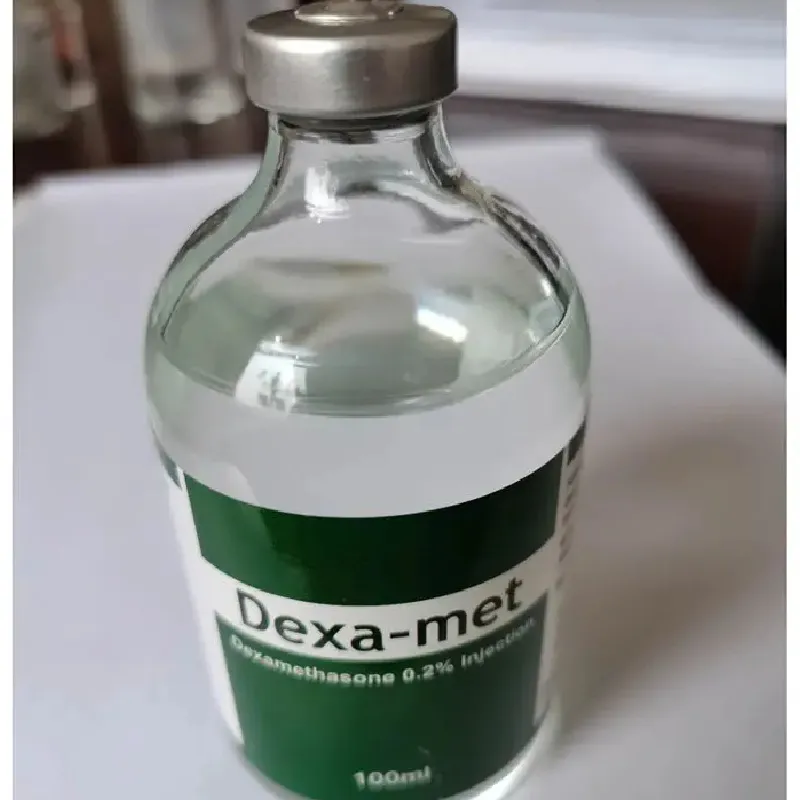- Afrikaans
- Albanian
- Amharic
- Arabic
- Armenian
- Azerbaijani
- Basque
- Belarusian
- Bengali
- Bosnian
- Bulgarian
- Catalan
- Cebuano
- Corsican
- Croatian
- Czech
- Danish
- Dutch
- English
- Esperanto
- Estonian
- Finnish
- French
- Frisian
- Galician
- Georgian
- German
- Greek
- Gujarati
- Haitian Creole
- hausa
- hawaiian
- Hebrew
- Hindi
- Miao
- Hungarian
- Icelandic
- igbo
- Indonesian
- irish
- Italian
- Japanese
- Javanese
- Kannada
- kazakh
- Khmer
- Rwandese
- Korean
- Kurdish
- Kyrgyz
- Lao
- Latin
- Latvian
- Lithuanian
- Luxembourgish
- Macedonian
- Malgashi
- Malay
- Malayalam
- Maltese
- Maori
- Marathi
- Mongolian
- Myanmar
- Nepali
- Norwegian
- Norwegian
- Occitan
- Pashto
- Persian
- Polish
- Portuguese
- Punjabi
- Romanian
- Russian
- Samoan
- Scottish Gaelic
- Serbian
- Sesotho
- Shona
- Sindhi
- Sinhala
- Slovak
- Slovenian
- Somali
- Spanish
- Sundanese
- Swahili
- Swedish
- Tagalog
- Tajik
- Tamil
- Tatar
- Telugu
- Thai
- Turkish
- Turkmen
- Ukrainian
- Urdu
- Uighur
- Uzbek
- Vietnamese
- Welsh
- Bantu
- Yiddish
- Yoruba
- Zulu
10 月 . 17, 2024 14:17 Back to list
Dosage Guidelines for Oxytetracycline Injection in Chickens
Oxytetracycline Injection Dosage for Chickens
Oxytetracycline is a broad-spectrum antibiotic commonly used in veterinary medicine to treat a variety of bacterial infections in livestock, including chickens. It is part of the tetracycline class of antibiotics and is effective against a range of pathogens associated with respiratory, gastrointestinal, and systemic infections in poultry. Due to its widespread use, understanding the appropriate dosage and administration of oxytetracycline in chickens is essential for ensuring effective treatment while minimizing the risk of antibiotic resistance and adverse effects.
Indications for Use
Oxytetracycline is indicated for the treatment of several bacterial diseases in chickens, such as colibacillosis, Mycoplasma infections, and certain types of respiratory diseases. These conditions can lead to significant morbidity and mortality in flocks if not treated promptly and effectively. The use of oxytetracycline helps to improve the health status of the birds, enhancing their growth, feed efficiency, and overall productivity.
Dosage Guidelines
The dosage of oxytetracycline for chickens can vary based on factors such as the age, weight, and specific condition being treated. Generally, the recommended dosage is around 10 to 25 mg per kg of body weight. This can be administered via intramuscular injection or through the drinking water, depending on the severity of the infection and the preference of the veterinarian.
For intramuscular injections, it is vital to ensure that the injection is given in the appropriate muscle mass to avoid causing irritation or injury. The injection site should be cleaned with an antiseptic solution before administration, and care should be taken to follow sterile techniques to reduce the risk of infections.
When administering oxytetracycline through drinking water, it is essential to ensure that the medication is evenly dispersed and that all birds have access to the medicated water. This method often requires the use of a calibrated water solubility of the antibiotic, and farmers should be cautious to change the water daily to maintain antibiotic efficacy.
Duration of Treatment
oxytetracycline injection dosage for chickens

The duration of oxytetracycline treatment typically ranges from 3 to 5 days, depending on the clinical response of the birds and the specific guidelines provided by a veterinary professional. It is crucial to adhere to the prescribed treatment plan and avoid discontinuing the antibiotic prematurely, as this can lead to suboptimal treatment outcomes and contribute to the development of antibiotic-resistant bacteria.
Withdrawal Period
One critical aspect of using oxytetracycline in poultry is adhering to the withdrawal period before processing the birds for meat or eggs. The withdrawal period is the amount of time that must elapse after the last treatment before the animal products can be sold for human consumption. For oxytetracycline, the recommended withdrawal period is typically 5 to 10 days. Farmers must strictly observe this period to ensure food safety and comply with regulatory standards.
Safety Considerations
While oxytetracycline is generally considered safe for use in chickens, it is essential to monitor the birds for any adverse reactions following administration. Potential side effects may include allergic reactions, gastrointestinal disturbances, or alterations in normal gut flora. Should any adverse effects be noted, a veterinarian should be consulted immediately.
Moreover, it is crucial to limit the use of antibiotics in poultry to necessary and appropriate situations to combat the growing concern of antibiotic resistance. Implementing good management practices, including proper biosecurity measures and providing optimal husbandry, can reduce the incidence of infections, decreasing the reliance on antibiotics.
Conclusion
In summary, oxytetracycline is an effective antibiotic for treating bacterial infections in chickens when used correctly. Understanding the dosage, administration methods, treatment duration, and withdrawal periods are vital for ensuring the health of the flock and safety of the products derived from these birds. Consulting with a veterinarian for tailored advice and adhering to responsible antibiotic use practices can lead to better health outcomes for poultry and sustainable farming practices.
-
The Power of Radix Isatidis Extract for Your Health and Wellness
NewsOct.29,2024
-
Neomycin Sulfate Soluble Powder: A Versatile Solution for Pet Health
NewsOct.29,2024
-
Lincomycin Hydrochloride Soluble Powder – The Essential Solution
NewsOct.29,2024
-
Garamycin Gentamicin Sulfate for Effective Infection Control
NewsOct.29,2024
-
Doxycycline Hyclate Soluble Powder: Your Antibiotic Needs
NewsOct.29,2024
-
Tilmicosin Premix: The Ultimate Solution for Poultry Health
NewsOct.29,2024













